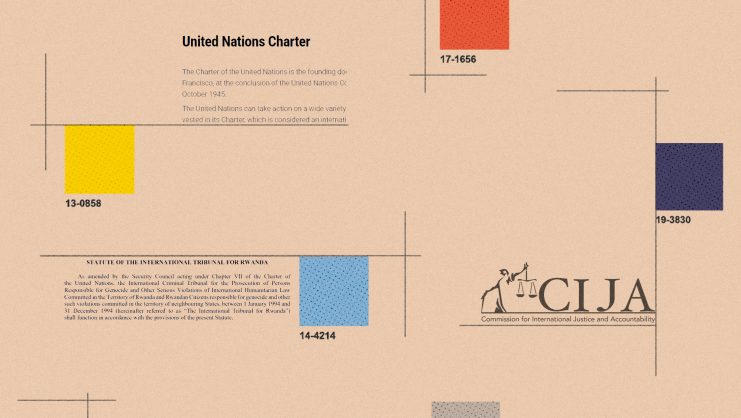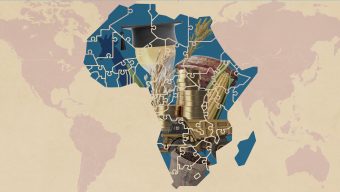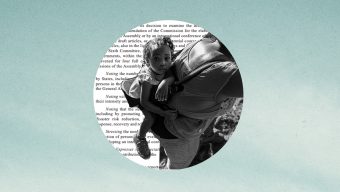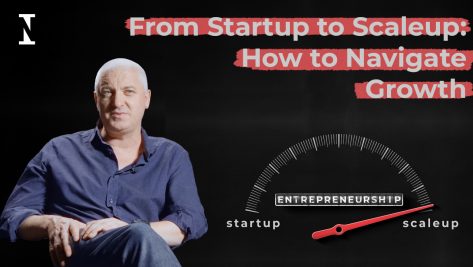In economic terms, people living at the BoP typically earn less than 10 dollars per day. This means limited or no access to bank accounts or credit because of lack of savings. They often also lack access to potable water, sanitation and electricity. Many of them are strictly focused on day to day survival, a basic quest for bread or a watery bowl of rice.
How can we help the most vulnerable groups in society become part of the global economy? While the actors serving the world’s poor have traditionally been NGOs, multilateral organizations and civil society, another set of stakeholders is rising to the challenge of addressing their multiple needs: social entrepreneurs.
New businesses must respond to the demands and needs of the 4 billion people living at the base of the pyramid.
Revolutionary entrepreneurs
Social entrepreneurs have existed for centuries. Early examples include Florence Nightingale of the UK who founded the first nursing school for women and pioneered nursing practices still used today; or Maria Montessori of Italy who developed an innovative approach to education in the first half of the 20th century —a ground-breaking educational system that is in practice across the globe to this day.
More recent prominent examples are Muhammad Yunus of the Grameen Bank, winner of the Nobel Peace Prize in 2006 for his microfinance enterprises in Bangladesh, or Bunker Roy of India who founded the Barefoot College, which promotes rural development through novel education programs. Rodrigo Baggio started the Center for Digital Inclusion in Brazil in 1995. His community centers empower underprivileged youth by teaching them IT skills using recycled or donated computers. The age-old adage, “If you give a man a fish you feed him for a day. If you teach a man to fish, you feed him for a lifetime”, rings true in this initiative as much of social entrepreneurship seeks to make people more independent and self-sufficient rather than shackled to aid programs which are often unsustainable.
Social entrepreneurs are creative, visionary, passionate individuals committed to finding practical solutions to the world’s social ills, including poverty, hunger, exploitation of children and women, lack of education for the under-privileged, or infectious diseases in poor regions, to name just a few. They are leaders who see a social or environmental problem and feel this compelling urge to correct it. Their enterprises are generally non-profit even though for-profit social ventures are not uncommon. However, where the business entrepreneur seeks profit and value creation by launching new services or products, the social entrepreneur’s main objective is social impact on the community at large.
Tapping into the vast amount of wealth at the bottom of the socioeconomic pyramid should be inspiring for entrepreneurs looking to do well while doing good.
If it doesn’t make money, does it make sense?
Some may mistakenly think social entrepreneurship is not profitable. While most social entrepreneurs are not driven by the profit motive, they still need to be sustainable in order to maximize their impact. They are looking for profits and social impact even if impact is more important.
How large is the Base of the Pyramid market and does this represent a real business opportunity for social and commercial entrepreneurs? According to many economists, the BoP constitutes a $5 trillion market globally, with over $3,5 trillion in South East Asia alone. Indeed, the daily incomes of over 4 billion people, no matter how poor, add up to a considerable sum. Opportunities in this market lie mainly in providing food, affordable housing, microfinance, access to water and primary education.
Tapping into this vast market should be inspiring for entrepreneurs looking to do well while doing good. They can succeed in areas and markets where governments and international NGOs have previously failed due to lack of resources, innovation, or competitiveness.
While speaking about competition, Rwandan President Paul Kagame remarked, “The most interesting part I see in competition is that it gives people a feeling that they are valued and have meaning, that they are as capable, as gifted and as talented as anybody else.” If we want to see real change in the world, this spirit of competition will drive social entrepreneurs to compete and provide products and services for the world’s poorest, thus restoring their dignity as valued customers and valued members of society.
© IE Insights.











